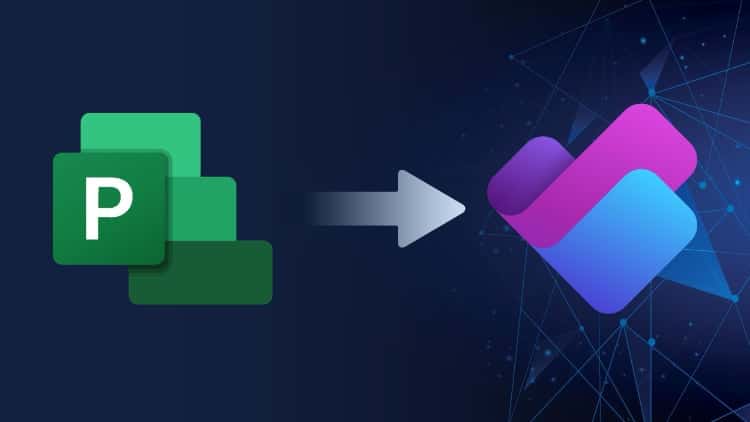Microsoft Project Online is retiring
We make it a priority to help our clients navigate Microsoft’s evolving cloud landscape. One of the most important announcements in recent months is the confirmed retirement of Microsoft Project Online. This change has direct implications for many project teams still running critical programmes on the platform. It is therefore worth understanding the timeline, the alternatives, and the necessary action.
Key dates to keep in mind
Microsoft has set a final retirement date of 30 September 2026. After that point, access to Project Online and its data will be removed. That means any information not migrated or backed up by that date will be lost.
Two earlier milestones also matter:
- 1 October 2025: Microsoft stops selling new Project Online, only plans to customers who do not already have the service.
- April 2026: Existing customers will no longer be able to create new Project Online instances.
The clock is already ticking, and companies that want a smooth transition should begin planning now.
Why is Project Online being retired?
The short answer is that Project Online was built on an older architecture that limits Microsoft’s ability to innovate. Instead, investment is shifting into Planner (which now encompasses both basic task management and the more advanced Planner Premium, formerly known as Project for the web), into Microsoft 365 Copilot experiences, and into the Project Manager agent, which is already in public preview.
For customers with more advanced project and portfolio requirements, Microsoft continues to offer Project Server Subscription Edition and Dynamics 365 Project Operations.
The replacement options
Of course, every company’s requirements are different, and there is no single path forward. Broadly, the available routes are:
- Planner and Planner Premium: For teams that want modern, cloud-native project management with features such as portfolios, baselines, dependencies, Gantt charts, and Copilot integration.
- Project Server Subscription Edition: For organisations that need closer alignment with their existing Project Online workloads and on-premises control.
- Dynamics 365 Project Operations: For businesses that need to combine project management with timesheets, resource scheduling, and project financials. It is also important to note that Project Desktop remains available, and that some organisations may choose to use it alongside these cloud options.
What should you do now?
The most important step is to understand your current footprint. You also need to catalogue the custom fields, workflows, and reports you rely on in Project Online, and map those to the closest equivalents in the replacement platforms. This assessment will determine whether Planner Premium, Project Server SE, or Dynamics 365 Project Operations is the better fit.
Secondly, develop a data strategy. Microsoft has been clear that access to Project Online data ends in September 2026, so a migration or export plan is essential.
Finally, build a transition timeline. Large migrations and user training take time, and leaving it until late 2026 risks a rushed and disruptive cutover.
DAC’s view
Change of this nature can feel disruptive, but it is also an opportunity. Modern platforms are more secure, integrate more closely with Microsoft 365, and open the door to new capabilities such as Copilot. At DAC Systems, we are already working with clients to design transition plans that protect current investments while unlocking these new benefits.
If your organisation is still running on Project Online, now is the time to start the conversation. Our team is ready to help you evaluate your options and build a roadmap that ensures your projects continue without interruption.












Keep In Touch